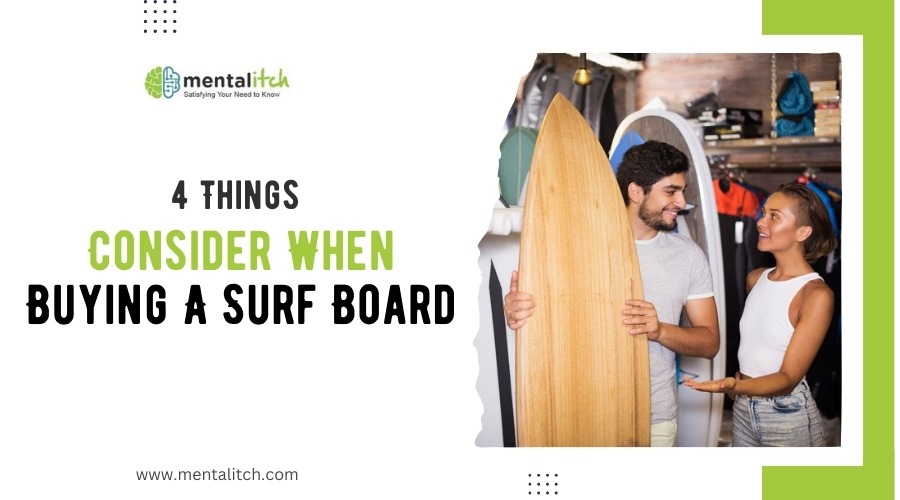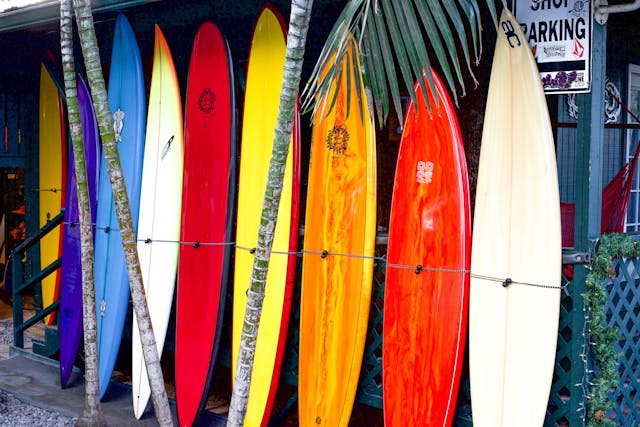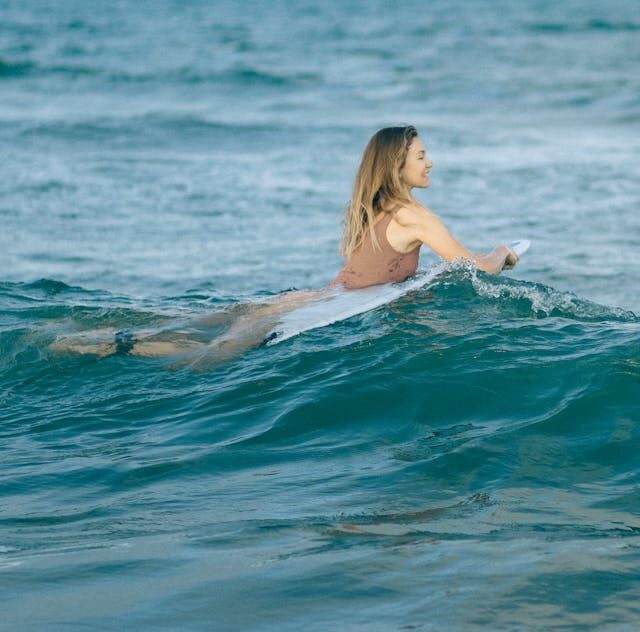While surfing can look very easy and smooth from the perspective of someone who has never tried it, it’s far from being that easy. If you want to learn surfing from the experts, the best that you can do is to enroll in surf lessons. The first obstacle a new surfer will probably face is knowing which kind of board will be suitable for him. Naturally, many people think that any board will do the job, especially if you’re a beginner. But that’s far from the truth because surfboards are designed differently and for various purposes. Once you’re sure of your decision to buy a surfboard, you need to make sure that you invest some extra effort in research before buying one just because it looks cool. To help you make this decision, we’re listing the most important 4 things to consider when buying a new surfboard.
Embark on aquatic adventures with paddle boards NZ, offering enthusiasts a thrilling way to explore the country’s stunning waterways and coastlines.
1. Budget
Surfboards can vary in price to extreme poles, which is why you need to be careful of your budget when you’re deciding on features of a surfboard. Naturally, surfboards custom-made by professional craftsmen for specific purposes are quite expensive, and they’re usually for professional surfers who are willing to spend a lot on specific features and dimensions. As a beginner, the most logical choice would be going for a used surfboard; it’s bound to be cheaper, and you can always choose a high-quality board with little signs of wear and tear, nothing major. Since it’s recommended to start taking surf lessons early, you’ll be able to afford the lessons if you don’t splurge on the board. Your instructor will also help you find new and used boards that are suitable for the style you’re planning to adopt.
2. Don’t Lie to Yourself
While we all wish we were kings of waves on Hawaiian beaches, we need to face the music and start seeing our ability on a barer level. It’s not shameful or embarrassing to be new to something; everyone has to start from somewhere. Being honest about your abilities will help you pick the right surfboard for you. Aside from special preferences, beginner surfboards are known to be different in material and dimensions from those that experts use. Usually, the tradeoff is between stability and control; more stable boards require more effort to do tricks or maneuver waves quickly. But they still provide a beginner with the optimum stabilization that allows them to venture off. All in all, knowing the extent of your ability will help you decide on many important factors.
3. Feel Different Dimensions
When it comes to surfboards, length, width, and thickness are extremely important dimensions that can dictate how you’ll perform while riding waves. The size of the waves you’re planning to surf on can significantly vary from one beach or ocean to another, in addition to the differences created by the changing of seasons. It’s better to borrow surfboards from your friends and see how different dimensions feel on various types of waves. Trying something yourself instead. And, if you’re planning a vacation to Orange County, especially in Laguna Beach, there are local companies that not only provide quality surfing equipment in different sizes, dimensions and designs, but supervised adult surf lessons too for all surfboarding and boogie boarding enthusiasts.
4. Understanding Rockers, Outlines, and Rails
Any surfboard is composed of 3 very important parts; rocker, outline, and rail.
- The rocker is the curvature of the board from its very beginning to the end. Bigger rocks offer surfers stability and speed, which is why you’ll notice that most beginner boards are flatter than the one professionals use. But if the rocker gets too curvy, it becomes unpredictable and hard to control.
- Outlines have metrics of curvature like rockers, but the difference is that an outline is more of an overall curvature, compared to the side-angled curvature of rockers. Curvy outlines are known for their perfect maneuverability, but they lack drive and speed. A straight outline can be very powerful, but very hard to control around corners and turns. If you’re looking for tight and speedy arcs, go for curvy boards. If not, opt for straighter outlines that can handle long carves.
- Rails are the edges of the surfboard, and not many people are aware of the difference they can make in their performance. If you’re planning to surf on beaches with weak breaks, a full rail will be the most forgiving choice because it will provide you with enough after flat breaks. If you find that the water breaks with intensity, you should start looking for pinched rails because it will give you enough power to carve your way through powerful breaks.
Interesting Facts About Surfing
Surfing is one of the ‘coolest’ activities anyone can enjoy. With the right research and practice, you’ll be able to enjoy surfing multiple types of waves in no time. Make sure that you take enough time when you’re deciding on a new board. A surfboard can dramatically change your surfing experience to better or worse.



